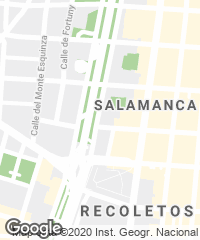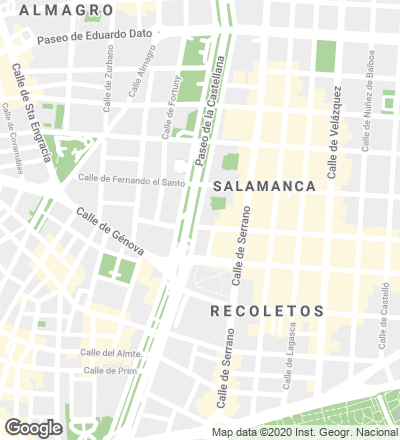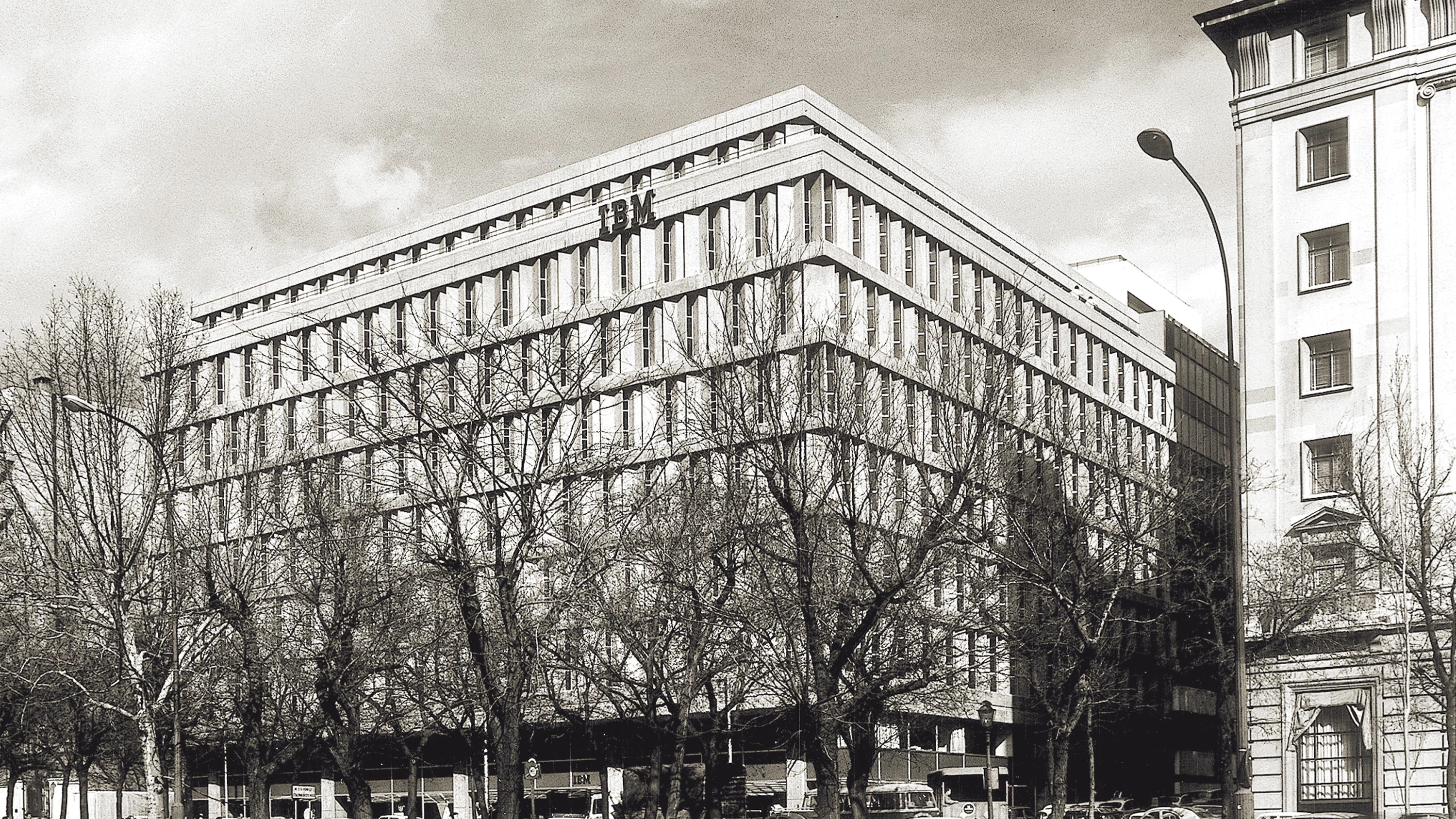IBM Office Building, Madrid
Miguel Fisac- Type Commercial / Office Prefabrication Headquarters / office
- Material Concrete
- Date 1966 - 1969
- City Madrid
- Country Spain


On number four of Castellana Avenue, Fisac raised for the company IBM one of his buildings with greater urban vocation. The protection from the heat of the afternoon sun – a priority for the company after the experience with one of their American headquarters designed by Saarinen – encouraged him to try out several types of horizontal brise-soleil, but he finally opted for a superposed vertical concrete element to avoid direct radiation from the sun in the interior of the building. In this way, on a glazed plinth that showed strollers the first computers at work, six floors of open-plan offices and an attic for the cafeteria and annex services are concealed behind a permeable folding screen that echoes the vertical rhythm of the 19th century facades of Madrid’s center.
“The president of IBM Spain came by to see me one day because they wanted me to design a building. I was very surprised, because there aren’t so many clients like that... Later on I found out that from the United States, the company had asked him to draw up a list of possible architects and, after visiting works by those architects, they chose me. So we set out to look for plots in Madrid which I started sizing up, until Entrecanales offered them a terrain next to the Plaza de Colón that they were building up with a project that the Americans had rejected, because it had a curtain wall to the west that accumulated too much heat. To avoid this problem I suggested a conventional solution of fixed canopies over windows with sills and another arrangement of vertical curtains, until finally I decided to use the bones on the facade, so that no windows would remain exposed to the sun from the west. The concrete elements leave gaps between them whose surface amounts to one ninth of each floor, which perfectly fulfills the illumination requirements of any ordinary room, while ensuring protection from direct sunlight. I closed the other facades in the same way, including the north one. At that time I often collaborated with Vicente Peirot, who built wonderful hollow elements, and I asked him, do you think you can manage to do this for me?; because these were one centimeter and half thick shells that not just anyone could make. Later on they copied them in Abu Dhabi but with a solid section which weighed tons! it was inconceivable; each one measures close to three meters and my version could be easily placed by two men, they were very light as they were filled with a thermal insulation of small bits of expanded polystyrene.”... [+]







